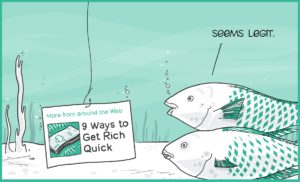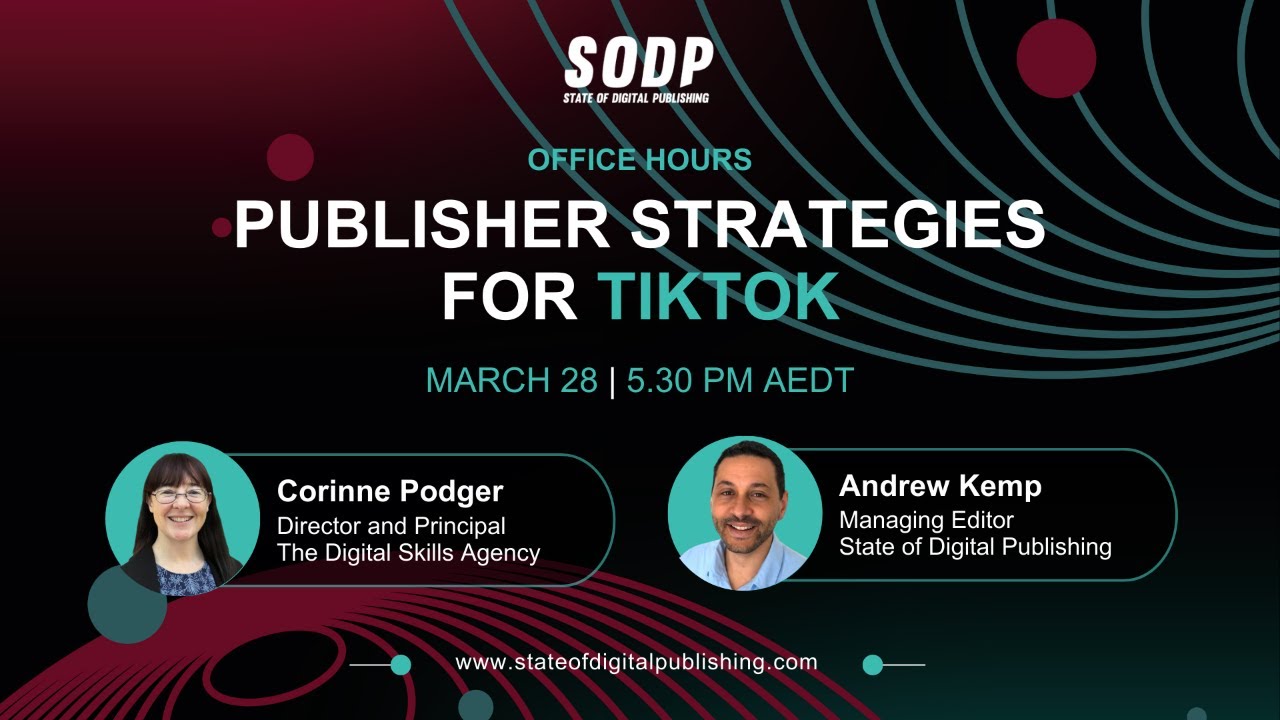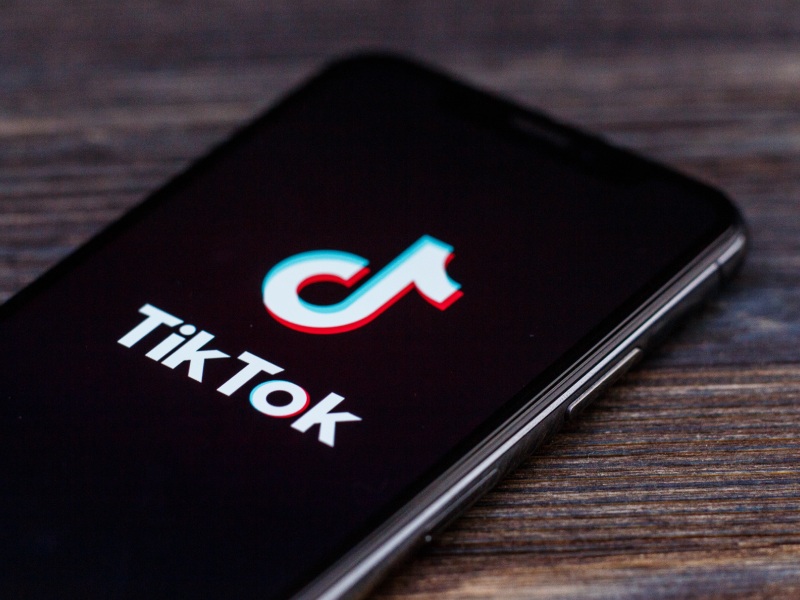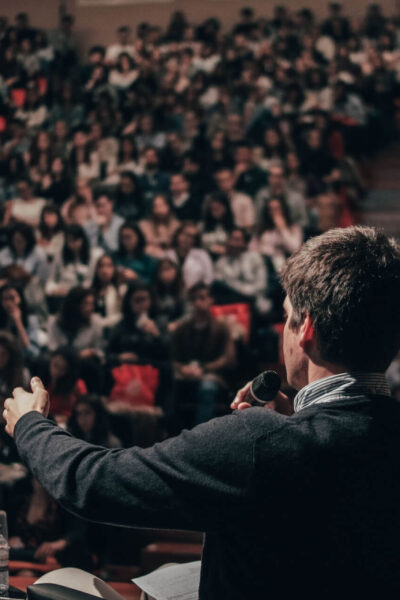What is clickbait?
Remember the last time you were reading a short article and then, just as it was becoming intriguing, you were asked to click on a link so you could jump to the conclusion?
Content from our partners
That was clickbait.
The web definition
According to Techcrunch, clickbait is as follows:
“The intentional act of over-promising or otherwise misrepresenting – in a headline, on social media, in an image, or some combination – what you’re going to find when you read a story on the web.”
You can witness clickbait in action when you see sensationalist language. Think about attention-grabbing headlines such as “You’ll never believe what happened next…” and “What every golfer must know!”. These are statements that try to create a hole in your life, make you feel as if you are missing something, and compel you to take one step further so you can get the answer.
Only the chances are you won’t find that answer. It’s a ruse to click through to another site page, often several times in a row, to take you somewhere you might purchase a product or service. Or, just to rack up click-throughs to landing pages along the way for advertisers to make money.
The sensationalist approach may seem a little obvious, but it’s used by advertisers because it generally works. It succeeds by exploiting the ‘curiosity gap’, by wording each clickbait title to reveal nothing about the content of the article. It’s all about the headlines and less about the follow-up material.
This is why most long-tail publishers’ sites now use clickbait in the form of the ‘recommended links’ advertising that leads to auto-playing ads.
And it’s all about the headline. Upworthy has a policy requiring new article contributors to submit 25 headlines to go with the piece. This way there is a constant push to find and use the best converting word combinations for clicks.
How does it work?
Take the following typical clickbait headline:
“This Entrepreneur Posted a Photo, What Happens Next is Terrifying!”
There is no indication of what the photo contains, and we only know that something will happen next that will create a strong negative emotion. This is more powerful than reacting to a positive emotion as it stirs up outrage and anger.
We also know it’s an entrepreneur, so if we are starting a business ourselves, then our empathy fires up our curiosity. You want to find out, so you don’t repeat the same mistake yourself.
So two things are happening:
- We become curious because the exact information is sparse.
- We feel deprived if we don’t find out.
It’s a ‘one-two’ sucker punch that baits and waits for the click. As HootSuite says, “People are suckers for the unexpected”.
What’s the benefit?
Curiosity means more page views. Improved site performance means more to bill the advertisers.
Also, digital publishers need to make their content effortlessly discoverable. It’s tough to develop a quality branded site loaded with stimulating content, ensure it has no annoying pop-ups, and make it simple to discover via web search and social media.
When clickbait is used well, it funnels interest through these channels.
What’s more, the big players such as Google, Facebook, Bing, and Baidu are all constantly evolving algorithms that help people discover and access content. This means that digital publishers, advertisers, and marketers need to continually revise and optimize posted content to keep up. This creates a lot of work, making clickbait tactics more attractive.
Clickbait might ‘evolve’ by approving in new strategies and with different wording, but the essential formula of sensationalism remains the same. And a company’s need to revisit a string of blog articles to revise wording for SEO purposes may push that content back up the rankings, but it’s a ‘band-aid’ task that never ends.
So in some ways, clickbait makes sense, but it’s not all so innocent.
The downside
Clickbait can be unhealthy because it creates spammed social feeds, an intrusive and annoying web experience, and spending half your day distracted by tiny bites of nothing instead of larger bites of more reflective and immersive long-form content.
However, it’s also a surefire way to lose traffic in the long run. The first time around you may click through, but then you become a little wiser. Publishers, in particular, can lose reader trust, and that’s a commodity they need to develop at all costs. Clickbait is a short-term strategy that can make you feel like swatting wasps. It can infuriate and make you go elsewhere, and this also means you lose the potential to gain through social shares. As Unbounce suggests, more considerate headlines leading to positive gains will drive longer-term user engagement.
Short, snappy content is also less widely shared. According to a Buzzsumo report, long-form content is shared more. Based on 100M articles analyzed over eight months, articles with 3,000-10,000 words had 8,500 shares, and content with 1,000 and below averaged 4,500 shares.
But clickbait is also a popular tactic for darker reasons. It’s a gateway strategy for deception and fraud. After all, scammers are also looking to access the largest possible audience, just like advertisers.
So how do we know which clickbait is harmful?
- Is it suspicious?
Phishing scams try to make you divulge sensitive information such as credit card details and passwords. Look for telltale outrageous statements that claim to be part of a bank, for example. They are not affiliated, and your click-through may take you to a fake bank login page created just to harvest your details and access your money.
- Is it too good to be true?
If it’s outlandish, then it’s not trustable. The net is a playground for opportunism. After all, what does it cost to post fraudulent information? Not much, and that’s why those amazing sounding promises are peppering your social feed.
- Is it asking you to give something up?
Your information and privacy may be compromised if you accept any request to download an application and install it. For example, click on the bait and install a ‘Codec’ file to play a movie that hasn’t even hit the theaters.
What’s the upside?
Clickbait has a logical premise: it plays on our emotions just like advertising always has. However, it makes for an information-poor internet that is open to a fast buck and criminal intent. Facebook believes the tide is changing, and native advertising will instead count for 74% of all online ad revenue by 2021.
Readers should be treated like they want smart content from well-designed websites that are informative. The interim solution is as simple as the Content Marketing Institute suggests, look instead for positive content!
Maybe it’s time for quality over quantity?












